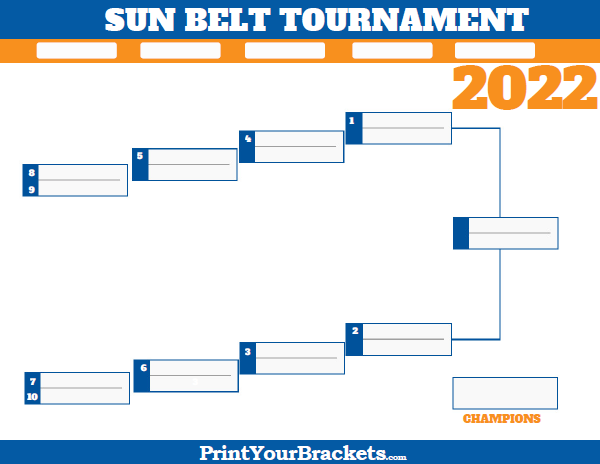Navigating the Sun Belt Baseball Standings: A Comprehensive Overview
As the crack of the bat and the cheers of the crowd fill the air, Sun Belt baseball teams are locked in fierce competition, vying for dominance in one of the nation’s most exciting collegiate baseball conferences. The Sun Belt Conference boasts a rich tradition of baseball excellence, with each team striving to earn a coveted spot at the top of the standings. In this article, we’ll delve into the intricacies of the Sun Belt baseball standings, offering fans and enthusiasts a comprehensive overview of the current landscape.
Understanding the Sun Belt Conference
The Sun Belt Conference is a prominent NCAA Division I athletic conference that spans across the southern United States. With a strong emphasis on collegiate baseball, the conference is home to some of the nation’s top baseball programs. Teams in the Sun Belt Conference compete fiercely throughout the season, each eyeing the ultimate goal of securing a conference championship and earning a spot in the NCAA Baseball Tournament.
The Importance of Standings
The Sun Belt baseball standings serve as a dynamic snapshot of the ongoing competition within the conference. These standings offer a glimpse into each team’s performance, wins, losses, and winning percentages. For fans, coaches, and players alike, the standings are a crucial metric that reflects the team’s progress and positioning in the race for the conference title.
Factors Affecting Standings
Several factors contribute to a team’s position in the Sun Belt baseball standings. Wins and losses obviously play a pivotal role, but other variables also come into play. Run differentials, which measure the difference between runs scored and runs allowed, can provide insights into a team’s offensive and defensive capabilities. Winning streaks, consistency in performance, and the outcomes of head-to-head matchups against conference rivals all influence a team’s standing.
Playoff Implications
As the regular season progresses, the Sun Belt baseball standings take on added significance. The teams’ positions in the standings determine their seeding in the Sun Belt Conference Tournament, a crucial event that ultimately crowns the conference champion. The conference champion earns an automatic bid to the NCAA Baseball Tournament, where the nation’s top teams compete for a shot at the coveted College World Series.
Tracking the Journey
With the Sun Belt baseball season spanning several months, the standings are a dynamic entity that can change rapidly. A team’s fortunes can shift with a single series, making each game a critical opportunity to climb the standings ladder. Fans closely follow the ebb and flow of the season, eagerly checking the standings to gauge their team’s progress and to anticipate the upcoming matchups.
Digital Resources for Standings
To keep up with the latest developments in the Sun Belt baseball standings, fans can turn to official conference websites, sports news outlets, and dedicated sports apps. These platforms provide real-time updates, detailed breakdowns of team performance, and insightful analysis from experts. Staying connected to these resources ensures that fans remain in the loop and can engage in informed discussions about the conference’s baseball landscape.
The Sun Belt baseball standings encapsulate the heart and soul of collegiate baseball competition within the conference. As teams battle for supremacy, the standings serve as a visual representation of their dedication, hard work, and determination. Whether you’re a die-hard fan, a student-athlete, or simply a lover of the sport, keeping a close eye on the Sun Belt baseball standings is an exciting journey that adds an extra layer of excitement to the college baseball experience.


